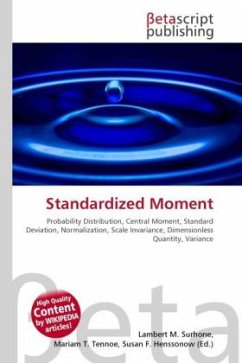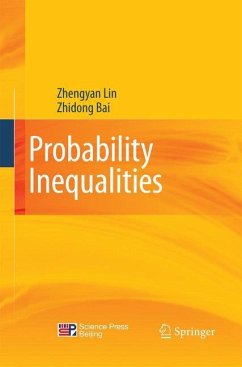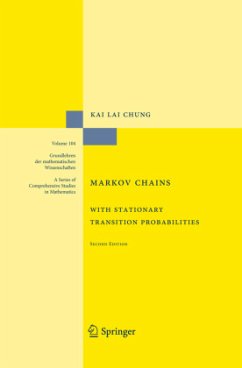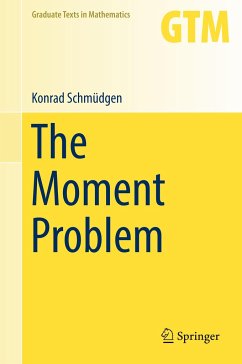
Moment Problem
Versandkostenfrei!
Versandfertig in 6-10 Tagen
19,99 €
inkl. MwSt.

PAYBACK Punkte
10 °P sammeln!
In the classical setting, is a measure on the real line, and M is in the sequence { xn : n = 0, 1, 2, ... } In this form the question appears in probability theory, asking whether there is a probability measure having specified mean, variance and so on, and whether it is unique. There are three named classical moment problems: the Hamburger moment problem in which the support of is allowed to be the whole real line; the Stieltjes moment problem, for [0, + ); and the Hausdorff moment problem for a bounded interval, which without loss of generality may be taken as [0, 1].In mathematics, the real...
In the classical setting, is a measure on the real line, and M is in the sequence { xn : n = 0, 1, 2, ... } In this form the question appears in probability theory, asking whether there is a probability measure having specified mean, variance and so on, and whether it is unique. There are three named classical moment problems: the Hamburger moment problem in which the support of is allowed to be the whole real line; the Stieltjes moment problem, for [0, + ); and the Hausdorff moment problem for a bounded interval, which without loss of generality may be taken as [0, 1].In mathematics, the real line is the line whose points correspond to the real numbers. That is, the real line is the set R of all real numbers, viewed as a geometric space. It is the Euclidean space of dimension one, and can be thought of as a vector space (or affine space), a metric space, a topological space, or simply as a linear continuum.












